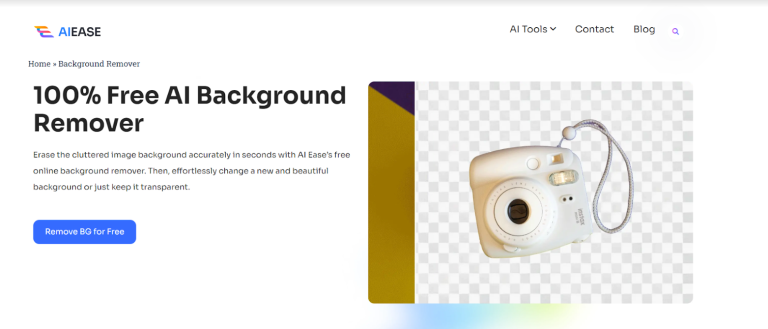
Tax season often feels like a storm on the horizon, but modern self-prep tax software has transformed the process into a breeze. These tools cater to various taxpayers, offering convenience, affordability, and accuracy for filing returns. Whether you’re a first-timer or a seasoned filer, this guide walks you through everything you need to know about using self-prep tax software.
Why Use Tax Self-Prep Software?
Gone are the days of drowning in paperwork or overpaying professionals for straightforward filings. Tax self-prep software enables you to handle your taxes with confidence by automating complex calculations, providing guided instructions, and ensuring compliance with current tax laws.
Advantages of using tax self-prep software include:
- Time Savings: Automation drastically reduces the time spent on data entry and calculations.
- Cost-Effectiveness: It’s a fraction of the cost of hiring a professional accountant.
- User-Friendly Features: Step-by-step guidance makes filing accessible for non-experts.
- Accuracy: Built-in checks reduce errors, helping you avoid costly penalties.
What Forms Can You File?
Most tax self-prep software covers a wide range of tax forms for individuals, small business owners, and expats. These include:
- Form 1040: U.S. Individual Income Tax Return, the foundation of personal tax filings.
- Form 1099: For reporting freelance, contract, or other non-salary income.
- Schedule C: Used by self-employed individuals to report profits or losses.
- Form 2555: Excludes foreign earned income for expatriates.
- Form 1116: Allows expats to claim the Foreign Tax Credit.
Advanced software options cater to specific needs, such as reporting rental income, investment gains, or foreign bank accounts.
Key Features to Look For in Tax Self-Prep Software
- Ease of Use
The best US tax self-prep software prioritizes simplicity. Platforms should have clear interfaces, step-by-step instructions, and live assistance options. - Customization for Tax Situations
Whether you’re a freelancer, expat, or a salaried employee, the software should cater to your unique filing needs. - Integration with Financial Tools
Top-tier software often allows users to import data from W-2s, 1099s, or bank accounts, minimizing manual input. - Compliance Updates
Tax laws change annually, and good software keeps you compliant with the latest regulations. - Audit Assistance
Some platforms offer audit support, providing reassurance in the event of an IRS query.
Top Tax Self-Prep Software Options
When selecting tax self-prep software, it’s essential to evaluate features, pricing, and limitations. Here are five leading options:
- TopTax
Known for its comprehensive support and intuitive interface, TopTax is tailored for individuals and expats alike. It offers powerful tools for foreign income reporting, seamless import features, and an excellent customer support team. - ExpatFile
Designed specifically for expats, ExpatFile simplifies international filings. While its interface is straightforward, it may lack some advanced options for complex tax situations. - TurboTax
One of the most popular software platforms, TurboTax is user-friendly but can be pricey for advanced features. Additionally, some users find upselling tactics intrusive. - OLT (Online Taxes)
OLT is a budget-friendly option for straightforward filings. However, its basic interface and limited customer support might not suit users with complex tax needs. - MyExpatTaxes
MyExpatTaxes focuses on expat filings and is easy to use. However, it may not be the best fit for users with non-standard income or advanced deductions.
Tips for a Smooth Filing Process
- Organize Documents in Advance
Gather W-2s, 1099s, and receipts for deductions to save time during the filing process. - Take Advantage of Guided Tools
Follow the software’s prompts for entering information and claiming deductions. - Double-Check Entries
While software reduces errors, it’s essential to review all data before submission. - Submit Early
Avoid last-minute stress by filing ahead of deadlines, giving you time to address unexpected issues.
Final Thoughts
Filing taxes doesn’t have to be overwhelming. By choosing the right tax self-prep software, you can simplify the process, save money, and ensure accuracy. Platforms like TopTax lead the industry, offering robust features tailored to diverse needs.
This article was crafted with the expertise of Get Ready Digital, your go-to provider for content services tailored to help businesses succeed.
Source: Baddiehub.News






